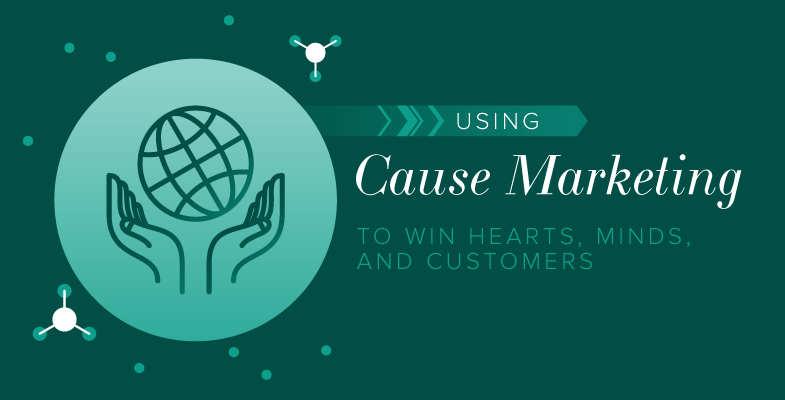Consumers are becoming aware of the inequality surrounding them, and they seek to make a difference. Cause Marketing (a type of CSR) serves as a bridge between for-profit and non-profit organizations to cater to their mutual benefits. It gives people the opportunity to help. Brands have the capacity and resources to raise the awareness of many non-profit organizations while promoting their product and increasing their brand’s visibility.
Cause Marketing (Cause-related Marketing) is when a business supports a social cause or issue and obtains marketing benefits from it. Brands pursue this type of marketing because it helps them gain more customers and retain them.
Cause marketing is relatively new in the marketing domain. It was introduced in 1976 when Marriot Corporation and March of Dimes worked together to promote Marriot’s family entertainment complex. During this campaign, Marriot raised funds for the March of Dimes’ cause. The prevention of birth defects in babies. The campaign was successful for both parties, which lead the brands around the globe to follow them.
Cause Marketing is best suited for companies that are engaged in customer-facing businesses, especially companies that sell tangible products in stores and are designed to purchase more than once. An honest and well-executed cause marketing campaign is one of the most useful marketing campaigns for both Brands and no-profits. The Cone Cause Survey conducted in 2010 suggested that 87% of consumers are likely to switch brands if one brand supports a social cause.
A large number of consumers are positively affected by Cause marketing owing to its inclusive nature. People consider that when a company donates some amount from its profits to a social cause than adding it to its tummy, they can feel that they are making a small change by purchasing these products. Brand loyalty and excitement is best built with a company’s alignment with a worthy cause.
A potent cause marketing collaboration relies on word-of-mouth, press, and re-allocation of funds.
Some examples:

To get the most out of your marketing campaign, brands must pay attention to the following things:
Identifying the cause: your cause marketing campaign should always reflect the values of your brand as well as your customers. The drive would come out as more genuine and appealing if it is related to your brand somehow.
Determine your benefaction: Sometimes, money isn’t enough to convince consumers. Businesses and marketing departments can offer more than just money: video services for charity functions, event planning, volunteer groups from the company, and many more. These services help to form a strong association between products and the company’s non-profit work.
Familiarity: When both the brands are known and trusted by customers, the chances of credibility are even more significant in partnership.
Involving the audience: The audience can a driving force in a marketing campaign if you apply them. Motivate your audience to participate in various ways by using social media or creating a custom landing page.
Branding your campaign: A powerful branding message reflected across all platforms will increase the exposure of the cause marketing campaign. Strategizing with the non-profit partner would ensure both get the most out of the campaign. Local and national press coverage is also an excellent and cost-effective method to ensure visibility.
If you enjoyed reading this concept, you may also read Grassroots Marketing and Guerilla Marketing

